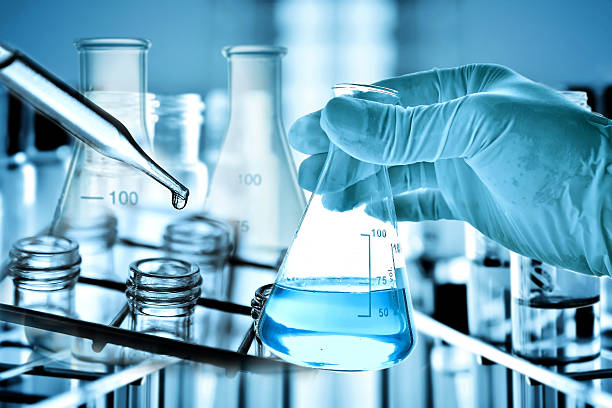
Nonionic surfactants, polymers with no charge are polymers. These are typically found in detergents for dishwasher and laundry. They differ from ionic surfactants in several ways, including size, hydrophilic/hydrophobic groups, and so forth. This means that nonionic surfactant suppliers are extremely adaptable. They can be utilized in a variety of ways, including to treat oil and soil.
No charge
Nonionic surfactants are composed of the hydrophilic groups that contain oxygen that are covalently linked to hydrophobic parent structures. The oxygen groups are water-soluble as a result of hydrogen bonding. This decreases when temperatures rise. Nonionic surfactants can make an emulsion that is milky. Their effect on the solution depends on their cloud point. Nonionic surfactants can cause milky emulsions when the pH falls below 6.0.
The toxic effects of nonionic surfactants on the environment follows general rules. As the length of the chain increases, so does the number of molecules. The hydrophobicity of the molecule increases as alkyl group in the molecule. While the chain length of poly(ethoxylates) molecules has no impact on the ecological toxicity of nonionic surfactants', long-chained ethoxylates have a lower ecotoxicity.
Freedom at a high level
High degree of freedom of nonionic surfaces can facilitate self-assembly of amphiphilic molecules. This is crucial for nanotechnology where self-assembling nanostructures are crucial. To investigate the impact of concentration, structure, and the size of graphene sheets on the behavior of PEO's self-assembly The authors employed a an extremely coarse-grained simulation of molecular dynamics. These simulations revealed that aggregates containing PEO have distinct morphological characteristics based on the size and density of their chains.
The CP of nonionic surfactants is affected by the presence of electrolytes that alter the structure of water and hydrophilicity. Hence the CP of nonionic surfactants rises in the presence of electrolytes. Nonionic surfactants are widely used in the industrial sector due to this. Nonionic surfactants are non-toxic, biodegradable, and possess low CMT values. This is why their use is increasing in mesoporous solids synthesizing.
No ionization
Nonionic surfactants are those that have no net electrical charge in their formulations and therefore , they do not undergo ionization when in water. They are made of covalently bonded oxygen-containing hydrophilic groups. The oxygen atoms present in water may influence the surface activities of the molecules. However, hydrogen bonds are sensitive to temperature and their activity decreases with increasing temperature. A nonionic surfactant would be ethylene Oxide, which has a bicontinuous cubic phase.
Many cleaning formulations require the nonionic properties of a IRO Surfactant. It is crucial when formulas contain alcohol or ethoxylated alcohol. In the case of nonionic surfactants they can be separated using high-pressure liquidchromatography (HPLC).
Adsorption onto rock surfaces
The process of adsorption nonionic surfactant suppliers on rocks is a complex process that is dependent on many factors. One of the main aspects is the rock's surface charge (PZC). Hydrolysis and preferential dissolution result in minerals acquiring the charge of a surface. Monovalent ions found in brine produce surface charges. Surface charges can be affected by fluctuations in temperature and pH. The PZC affects the adsorption of different surfactants ionic on surfaces of rocks.
Surfactant adsorption rates depend on various factors. This includes the concentration of the surfactant, the surface area and nature of rock. The ability of the surfactant to bind to rocks' surfaces is contingent upon the amount and type of the surface, as well as the pH and Ionic force of the solution. Surfactants also affect adsorption rates and can be affected by co-surfactants or polymers. While most studies on the adsorption of surfactants on rock surfaces have been conducted in an environment with low salinity, the actual reservoir salinity ranges between five to twenty percent of total dissolving solids. Divalent cations, which are present in 0.04 to 1.0 percent of the total solids dissolved, are much less common.